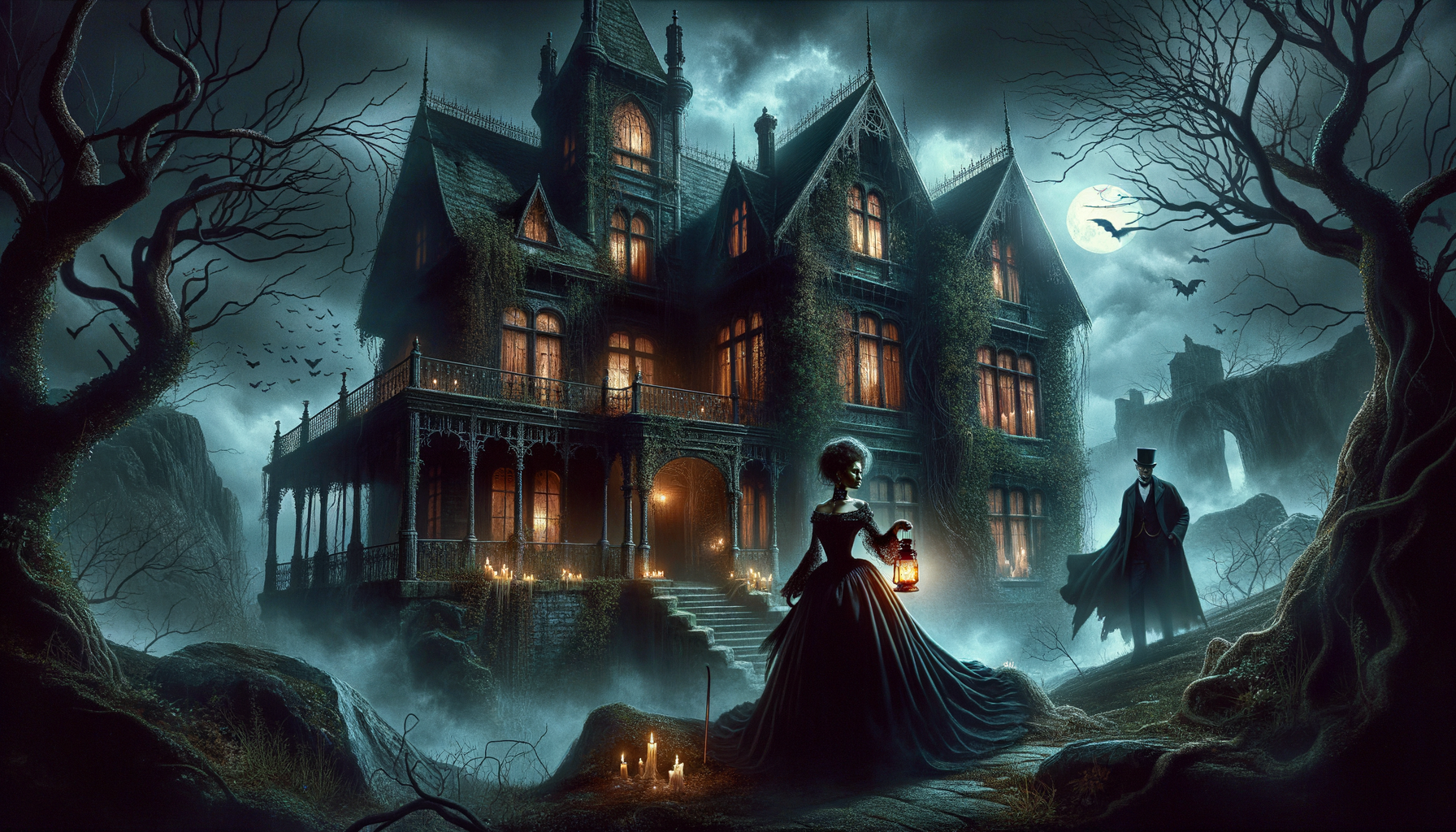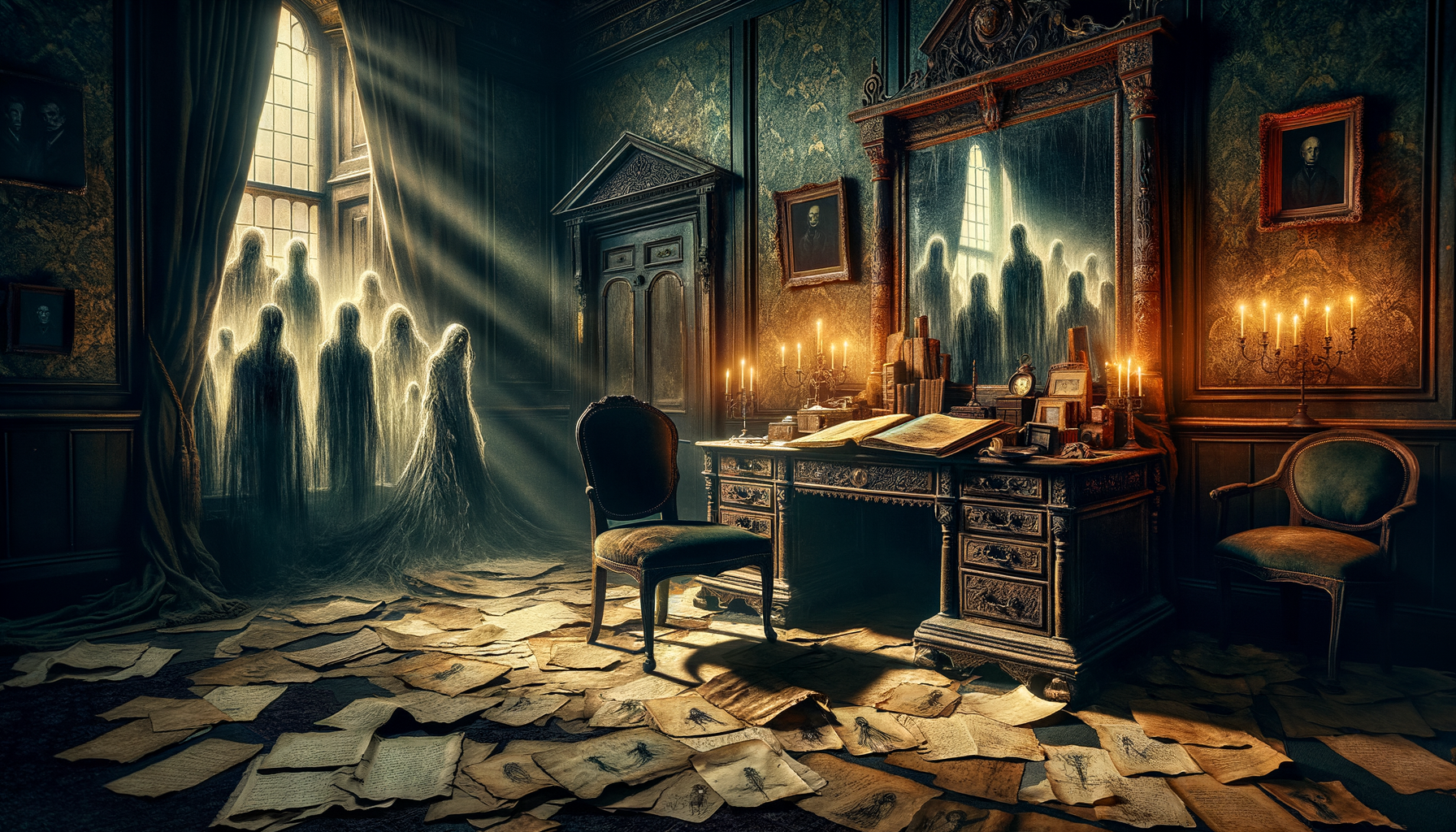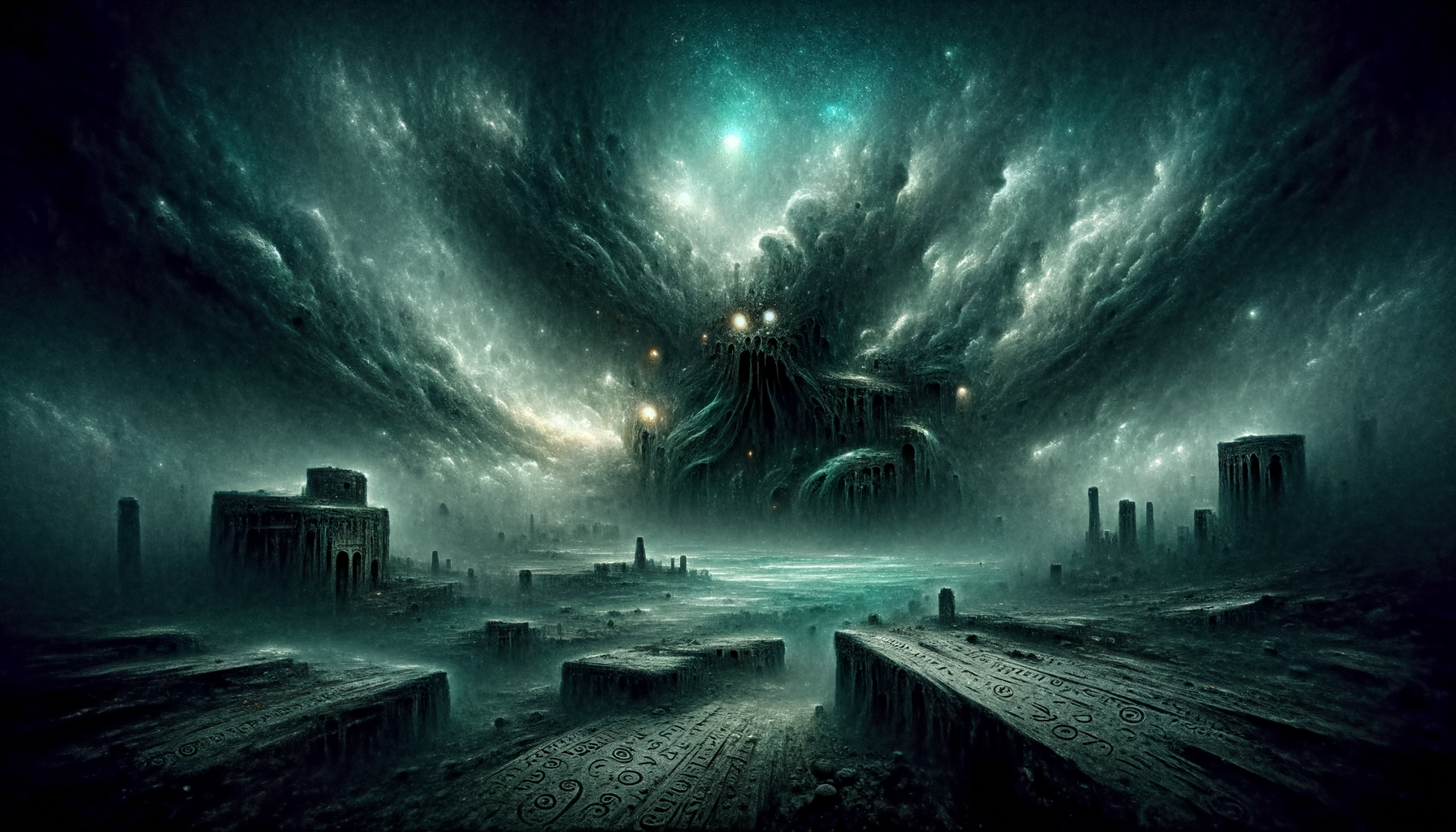Did you know that Daphne du Maurier’s works, like “Rebecca” and “Jamaica Inn,” have redefined gender norms in Gothic horror?
Hi there, fellow Gothic literature enthusiast! For decades, Du Maurier has woven haunting tales that not only spook us but also make us question societal norms, especially around gender. In this article, we’ll dive deep into her world, exploring how she uses the eerie and the unsettling to craft profound commentaries on gender dynamics. Ready to unravel these mysteries? Let’s get started!
The Role of Women in Du Maurier’s Gothic Horror
Daphne du Maurier’s work often features intricate female protagonists, each exhibiting a blend of vulnerability and strength. Her characters are not merely passive figures but complex individuals who navigate their circumstances with resilience and depth.
In “Rebecca,” the unnamed protagonist transforms from a timid, insecure young woman into someone who uncovers and confronts the haunting presence of Rebecca. Despite being initially overshadowed by her predecessor, she eventually asserts herself, revealing layers of courage and determination. Similarly, “Jamaica Inn” presents Mary Yellan, a character who refuses to be a mere victim of her grim surroundings. Her bravery and resourcefulness stand out as she unravels the dark secrets of the inn.
These characters often reflect the societal expectations placed upon women, juxtaposed against their actions which defy these norms. Du Maurier’s portrayal of women as both victims and strong figures offers a nuanced perspective on gender roles, illustrating the inner strength that emerges in the face of adversity.
Masculinity and Power Dynamics
Male characters in Du Maurier’s stories wield significant influence, often embodying the complexities of power and control. However, their portrayals also reveal the pitfalls of toxic masculinity and the inherent vulnerabilities that come with it.
In “My Cousin Rachel,” Philip Ashley’s obsession and subsequent paranoia highlight the destructive nature of unchecked male dominance. His perception of Rachel oscillates between idolization and suspicion, reflecting his internal power struggle. Similarly, “Don’t Look Now” presents John Baxter, a man grappling with grief and the need to protect his wife, Laura. His vulnerability becomes apparent as the story progresses, challenging traditional notions of male stoicism and control.
Du Maurier’s exploration of power struggles and male vulnerability offers a critical lens on masculinity, emphasizing that strength often coexists with fragility.
Subverting Traditional Gender Roles
Du Maurier frequently challenges conventional gender roles, presenting characters who defy expectations and exhibit traits traditionally associated with the opposite gender. This subversion not only enriches her narratives but also prompts readers to reconsider their perceptions of gender.
Instances of role reversals and unexpected character traits abound in her works. For example, in “Rebecca,” the malevolent Rebecca exhibits traits of dominance and control, typically ascribed to male characters, while Maxim de Winter’s brooding and secrecy reveal his fragility. These nuanced portrayals impact readers’ understanding of gender, encouraging a more fluid interpretation.
By embedding these role reversals within her stories, Du Maurier connects her fiction to real historical and societal contexts, reflecting the evolving dynamics of gender roles in her time.
Queer Themes and Hidden Meanings
Du Maurier’s narratives often contain ambiguous sexualities and relationships, subtly weaving queer undertones into her stories. These elements add layers of complexity and intrigue, inviting readers to explore beyond the surface.
Characters and scenes that hint at queerness include the intense bond between the protagonist and Rebecca in “Rebecca,” and the enigmatic relationship between Rachel and Louise in “My Cousin Rachel.” These subtle cues resonate with LGBTQ+ readers, offering representation and a sense of connection within the Gothic genre.
Her exploration of ambiguous sexualities enriches Gothic literature, contributing to its enduring appeal and relevance.
Influence on Modern Gothic Horror
Du Maurier’s innovative approach to gender norms has left an indelible mark on contemporary Gothic horror. Modern authors often draw inspiration from her nuanced characters and intricate power dynamics, continuing to explore and expand upon these themes.
Comparisons with modern Gothic works reveal the lasting impact of her storytelling. Contemporary writers frequently cite Du Maurier as a significant influence, acknowledging how her exploration of gender has shaped their narratives. Interviews and quotes from these authors highlight her enduring legacy.
Her approach to gender norms in Gothic horror continues to resonate, ensuring that her influence remains a cornerstone of the genre.
Conclusion
Daphne du Maurier didn’t just write haunting stories; she broke boundaries and questioned societal norms, especially regarding gender. Her exhilarating narratives filled with complex characters have left a lasting impression on Gothic literature and beyond. So next time you pick up one of her mesmerizing tales, remember to look beyond the eerie plot – there’s so much more lurking beneath the surface. Intrigued? Why not explore Du Maurier’s works firsthand and experience the groundbreaking stories that have captivated readers for generations? Happy reading!




